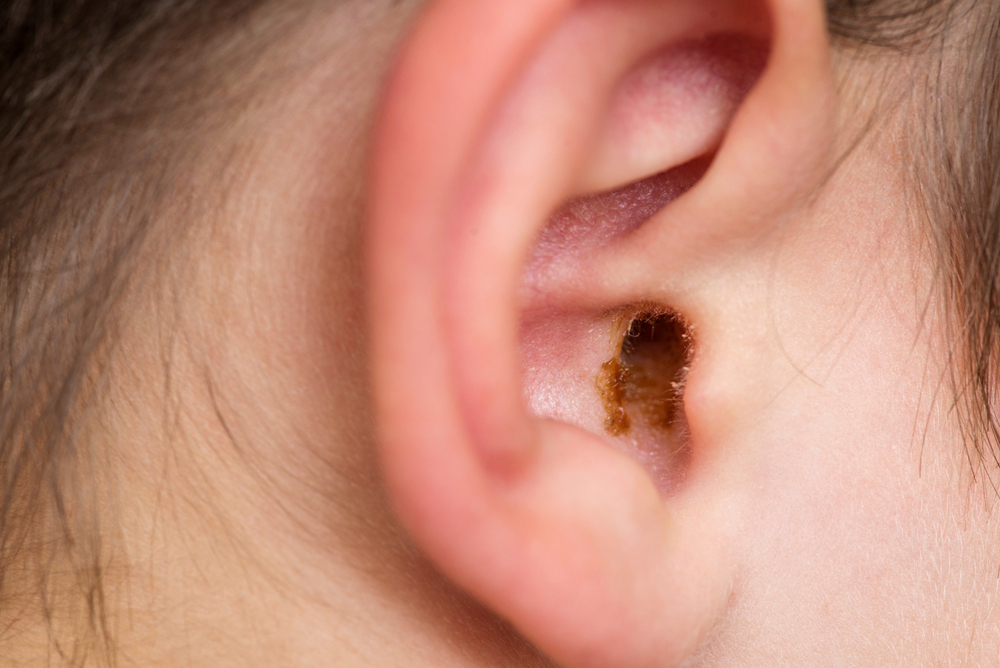
Chances are, earwax and its accumulation haven’t been subjects of significant consideration for you, except maybe during ear hygiene routines. However, comprehending what causes earwax, how it forms, and its purpose is essential.
What causes the accumulation of earwax?
Earwax, technically known as cerumen, is a thick combination of debris, hair, skin particles, sweat, and ceruminous gland secretions. Earwax will show up as a waxy substance that will typically be yellow, orange, brown, or even grey.
While the production amount of earwax varies from individual to individual, adults usually produce less earwax than kids. Children also usually have softer earwax that’s lighter in color than adults.
Earwax goes by the outer ear canal naturally, ultimately reaching the ear opening, where it either self-expels or gets washed out during bathing.
Why do we need earwax?
Here are a few crucial functions that earwax serves:
- Helping counter ear infections.
- Acting as a protective barrier against external irritants such as dirt, dust, and other foreign particles before they infiltrate deeper into the ear.
- Stopping itchiness and dryness by moisturizing and safeguarding the lining of the ear canal.
Earwax blockages
Impacted earwax is a common problem, but it’s usually the only time you need to worry about it. Impacted earwax can be the result of narrow or abnormally shaped ear canals hindering the natural movement of earwax toward the ear’s opening.
Improper ear hygiene practices, like using cotton swabs or bobby pins, can inadvertently force wax deeper into the ear canal.
Earwax blockages are often experienced by individuals who frequently use earplugs, earbuds, or hearing aids.
How too much earwax can impact hearing
The presence of earwax blockages might yield mild discomfort and dampen auditory health.
Ringing in the ears, or tinnitus, could also occur.
Neglected earwax blockages may escalate into middle ear infections, perforated eardrums, or enduring hearing loss due to acoustic trauma.
How do you deal with impacted wax?
Should you suspect an earwax blockage, consulting us promptly is essential. Depending on the extent of the blockage, you may be advised to use over-the-counter wax softening drops or a bulb syringe for delicate irrigation to alleviate the condition.
Call us right away if you need some assistance with an earwax blockage.